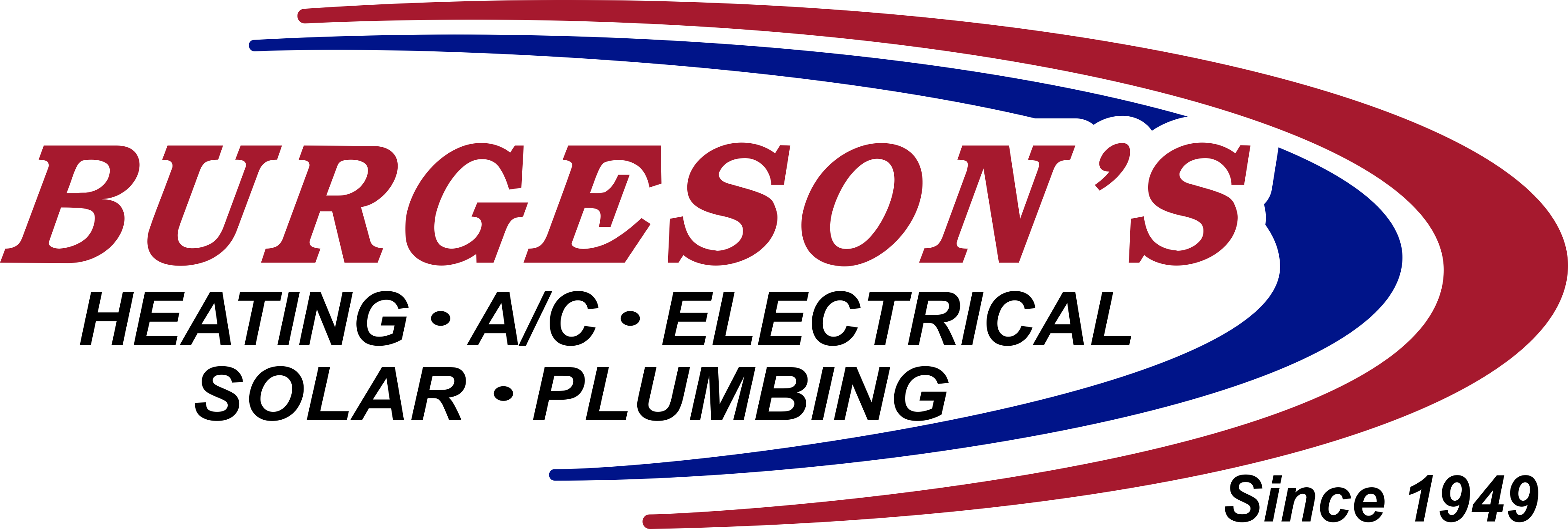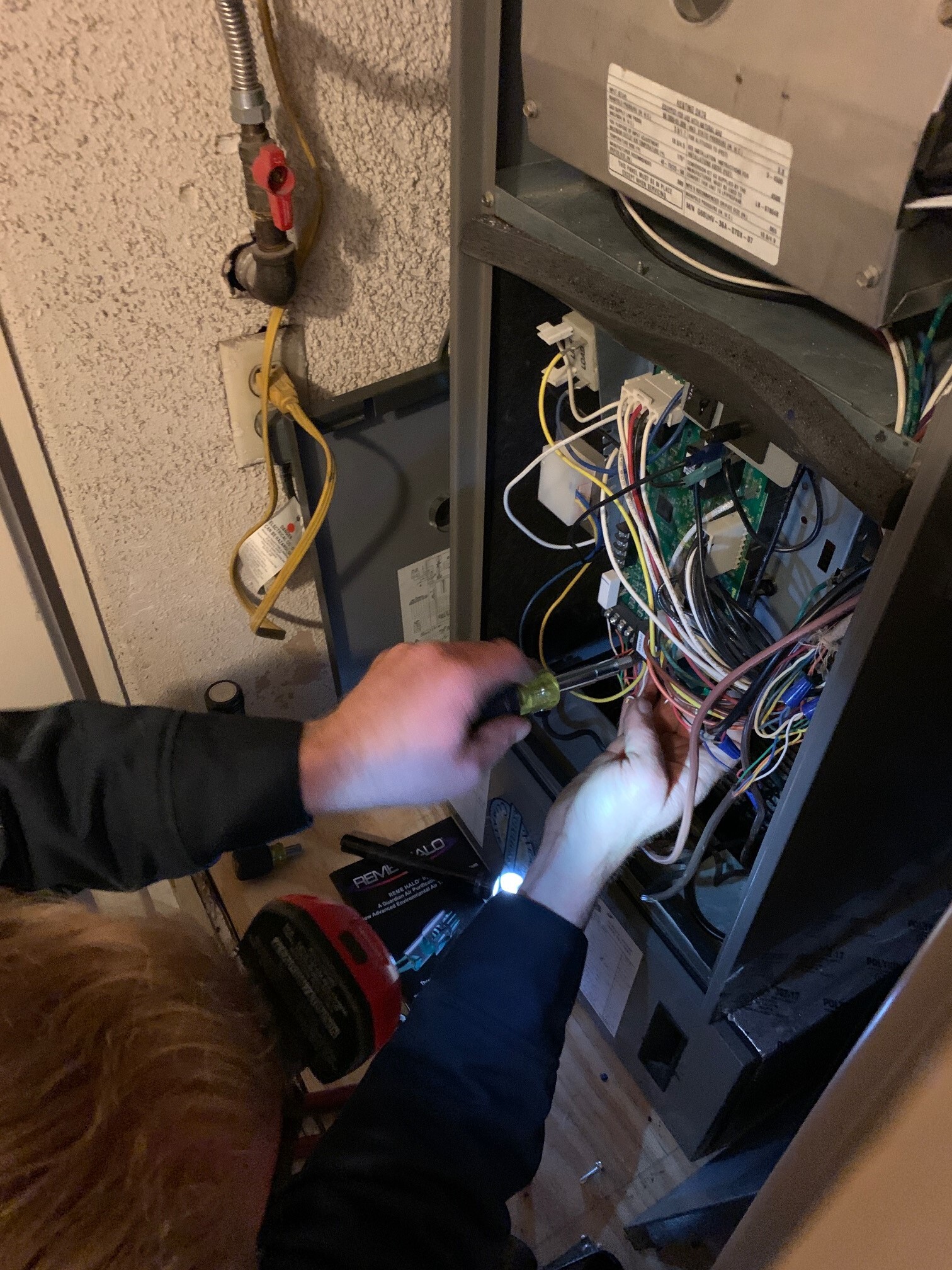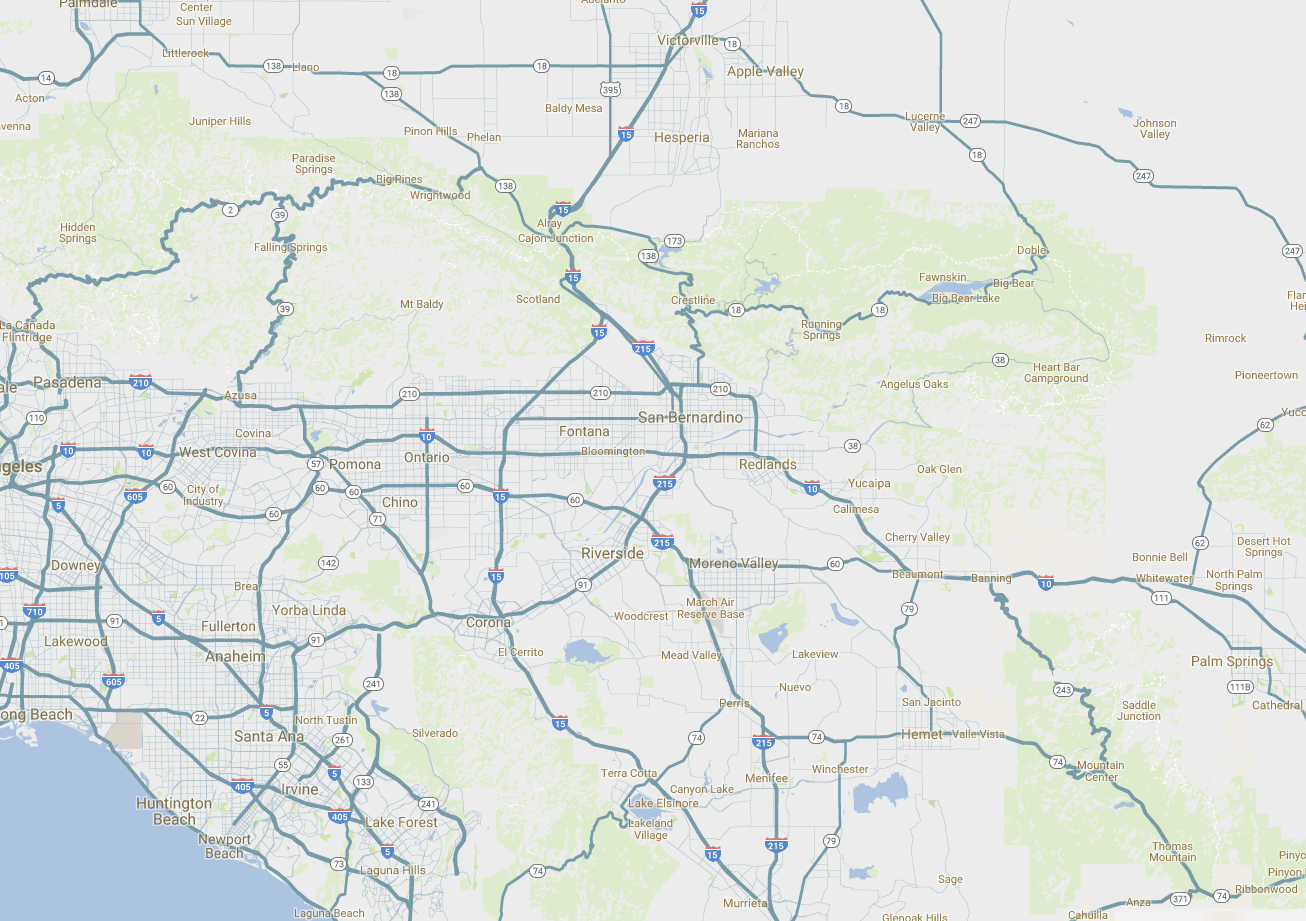Why Does My Furnace Turn On and Off?
Is your furnace turning on and off constantly? While it’s normal for a furnace to cycle three to six times per hour, frequent and rapid cycling—known as short cycling—can indicate a problem. If left unresolved, this issue can increase energy bills, reduce efficiency, and lead to costly repairs.
Before panicking, let’s explore why your furnace keeps turning on and off and what you can do to fix it.
RESTRICTED AIRFLOW
One of the most common causes of short cycling is restricted airflow. If warm air cannot circulate properly, the heat exchanger overheats, triggering the high-limit switch to shut down the system. This cycle repeats, making it seem like your furnace turns on and off.
COMMON CAUSES OF RESTRICTED AIRFLOW
Reduced airflow increases stress on the furnace, causing short cycling.
1. A clogged air filter blocks airflow, forcing your furnace to work harder. This leads to overheating, triggering the safety shut-off.2. Closing vents can disrupt air circulation, leading to pressure buildup. Furniture or objects covering vents restrict airflow and cause hot spots in the home.
3. A blower wheel covered in dust and debris struggles to push air effectively.
WHAT TO DO
- Check and replace your air filter as necessary based on your environment.
- Ensure all vents are open and free from obstructions.
- Schedule a professional cleaning if you suspect blower wheel buildup.
FAULTY THERMOSTAT
Your thermostat controls the furnace. However, if it’s malfunctioning, it may send incorrect signals making your furnace turn on and off too quickly.
COMMON THERMOSTAT ISSUES
1. Inaccurate temperature readings due to the thermostat being placed near heat sources (windows, lamps, or kitchens).2. The thermostat is not programmed or set properly.
3. Weak batteries can cause temperature fluctuations and frequent cycling. Loose or frayed wiring can disrupt communication between the thermostat and furnace.
4. Older thermostats may misread temperatures, leading to constant system cycling.
WHAT TO DO
- Have a thermostat installed in a well-ventilated area
- Check thermostat settings and programming
- Replace the batteries and inspect for damaged wires.
- Upgrade to a smart thermostat for better accuracy and efficiency.
CORRODED FLAME SENSOR
A flame sensor ensures your furnace burners light safely. Over time, moisture and combustion residue can corrode the sensor, causing it to shut down the burner prematurely.
SIGNS OF A DIRTY OR CORRODED FLAME SENSOR
- The furnace ignites briefly but shuts off within seconds.
- The system restarts frequently, struggling to stay on.
- The dirty sensor triggers the safety shutdown feature preventing gas buildup.
WHAT TO DO
- Turn off the furnace and locate the flame sensor (near the burner).
- Gently clean the sensor with a wire brush.
- If corrosion is severe, call a technician for a replacement.
IMPROPER FURNACE SIZE
An inappropriately sized furnace cycles or runs constantly, wasting energy and increasing wear and tear.
WHY FURNACE SIZE MATTERS
1. Oversized: Heats the home too fast, shutting off prematurely. Causes uneven heating, leading to discomfort.
2. Undersized: Runs constantly, trying to reach the set temperature. Struggles to maintain warmth, leading to higher bills.
WHAT TO DO
- Consider replacing an improperly sized furnace with an energy-efficient model for better performance.
CONSIDER AN UPGRADE
If you are asking Why is my furnace turning on and off despite troubleshooting, it may be time for a replacement. Older units (15+ years) often struggle with efficiency and reliability.
SIGNS IT’S TIME FOR A NEW FURNACE
- Frequent repairs
- Energy bills keep rising, even with routine maintenance.
- Uneven heating makes certain rooms colder than others.
WHAT TO DO
1. Schedule a professional furnace inspection to determine if a replacement is necessary.2. Explore rebates & financing options to make upgrading more affordable.
Learn More About Furnace Installation Here
ADDITIONAL ISSUES THAT CAN CAUSE SHORT CYCLING
Other hidden furnace problems can also cause frequent cycling.
MALFUNCTIONING BLOWER FAN
1. A weak blower motor doesn’t push air properly, causing overheating.2. Solution: Have a technician inspect and repair or replace the blower motor.
DUCTWORK ISSUES
- Leaky ducts cause heat loss, making the system overwork.
- Solution: Seal and insulate or replace ducts for better efficiency.
BAD LIMIT SWITCH
- A malfunctioning limit switch shuts off the heating too early.
- Solution: Have a technician replace the faulty switch.
HOW TO PREVENT FUTURE FURNACE ISSUES
Want to avoid costly repairs and extend your furnace’s lifespan? Here’s how:
INVEST IN A MAINTENANCE PLAN
Routine maintenance reduces breakdowns, improves efficiency, and extends the life of your HVAC equipment. Burgeson’s Preferred Membership offers tune-ups to detect issues before they become problems, priority service & discounts on repairs.
Sign Up for Furnace Maintenance Here
CHANGE YOUR FILTERS REGULARLY
Clogged filters make the furnace work harder, leading to short cycling. So, change filters as necessary (based on your environment) for better airflow.
REPLACE AN UNREPAIRABLE UNIT
If multiple expensive repairs are needed, replacement may be more cost-effective. A new furnace lowers energy bills and ensures better heating.
NEED FURNACE REPAIR OR REPLACEMENT? CONTACT BURGESON’S TODAY!
If you’re dealing with short cycling or furnace issues, Burgeson’s has you covered!
✔ Expert furnace repairs & installations
✔Fair and upfront pricing
✔ Over 76 years of trusted service
Call us at (909) 792-2222 or Request a Furnace Service Online!












